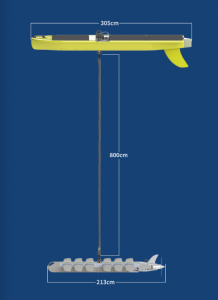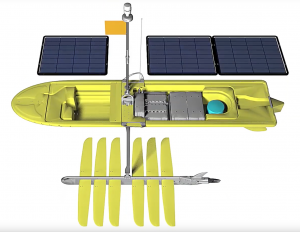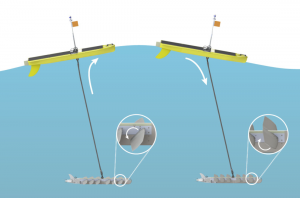Peter Lobner
Introduction
In November 2022, the Congressional Research Service (CRS) published an update to their document, “Defense Primer: U.S. Policy on Lethal Autonomous Weapon Systems,” which is available on the CRS website here: https://s3.documentcloud.org/documents/23310494/if11150.pdf
Each of the US military services has its own autonomous vehicle / weapons system programs. Following is a brief roadmap to those programs.
Navy
In November 2022, CRS published an update to their document, “Navy Large Unmanned Surface and Undersea Vehicles: Background and Issues for Congress,” which you can read here: https://s3.documentcloud.org/documents/21271730/navy-large-unmanned-surface-and-undersea-vehicles-background-and-issues-for-congress-feb-17-2022.pdf
See my April 2016 post, “Large Autonomous Vessels will Revolutionize the U.S. Navy,” for background information on the Navy’s autonomous vessel program and the Sea Hunter prototype developed by Leidos and tested in San Diego: https://lynceans.org/tag/continuous-trail/
The Navy’s San Diego-based Unmanned Surface Vessel Division One is playing an important role in developing and testing several autonomous vessels.

Source: USNI 2021
For more information on the Navy’s autonomous vessel program, check out these US Naval Institute articles:
- May 2022, “New Navy Unmanned Command Will Send 4 Experimental Large USVs to RIMPAC,” https://news.usni.org/2022/05/17/new-navy-unmanned-command-will-send-4-experimental-large-usvs-to-rimpac
- July 2022, “New Navy Unmanned Division to Serve as Bridge Between Program Office, Fleet,” https://news.usni.org/2022/07/22/new-navy-unmanned-division-to-serve-as-bridge-between-program-office-fleet
Air Force
In July 2022, CRS provided an overview of unmanned and autonomous aerial system in their report, “Unmanned Aircraft Systems: Roles, Missions, and Future Concepts,” which you’ll find here: https://crsreports.congress.gov/product/pdf/R/R47188
In one program, the USAF now is testing an AI-controlled F-16 fighter aircraft in aerial combat scenarios. Here’s the February 2023 story: https://www.military.com/daily-news/2023/02/22/fully-autonomous-f-16-fighter-jet-takes-part-dogfights-during-tests.html?ESRC=eb_230223.nl
In another program, the USAF is developing an autonomous “wingman” aircraft to fly along with manned fighter aircraft to provide greater capabilities to attack a target and/or provide protection for the manned aircraft. This development is described in a February 2022 article on The Drive website here: https://www.defensenews.com/air/2022/02/13/how-autonomous-wingmen-will-help-fighter-pilots-in-the-next-war/
Defense contractor Kratos, which has offices in San Diego, has important roles in several DoD autonomous aerial systems projects.
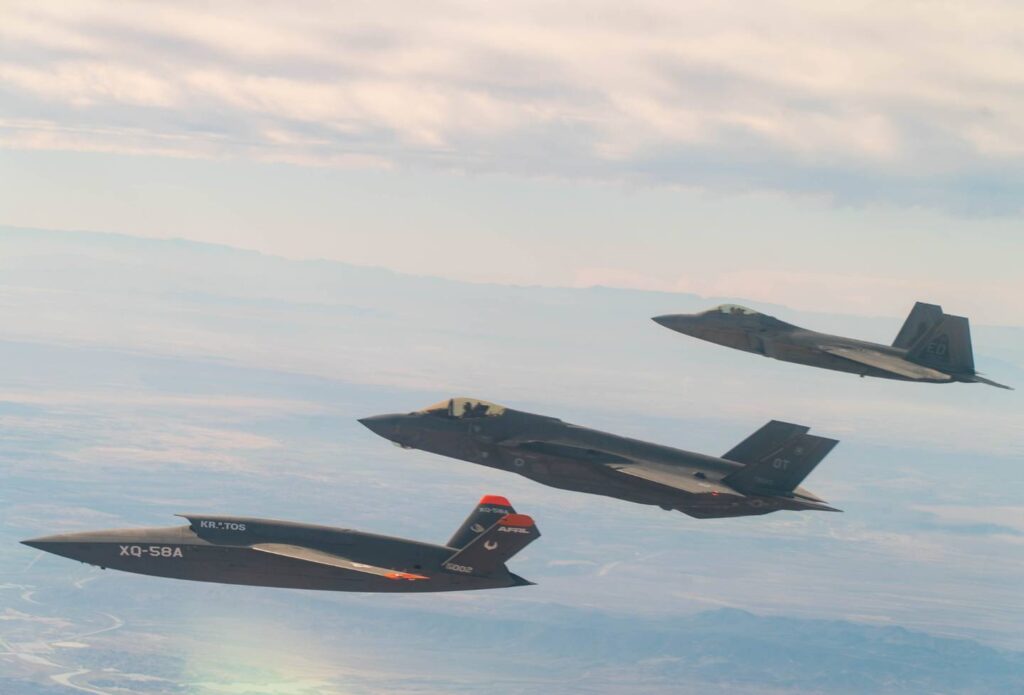
Army
In January 2023, CRS published an update to their document, ”The Army’s Robotic Combat Vehicle (RCV) Program,” which is available here: https://crsreports.congress.gov/product/pdf/IF/IF11876
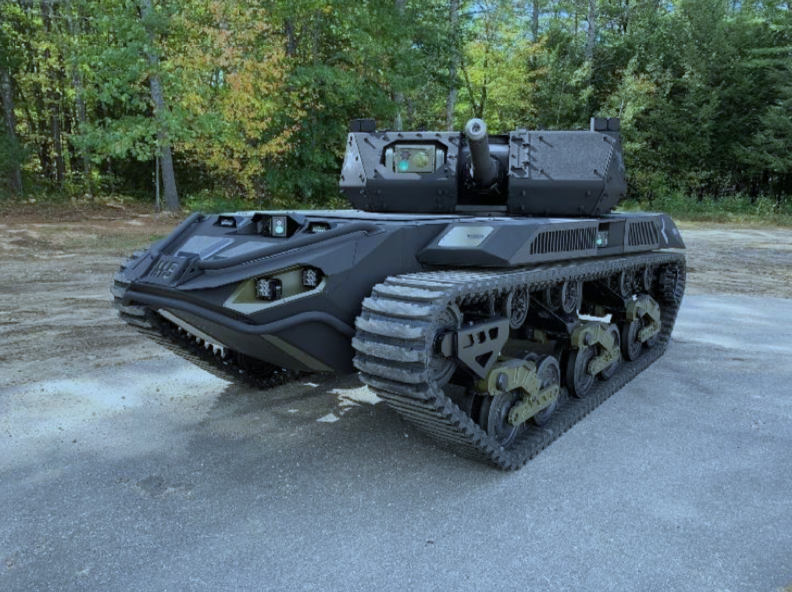
As you can see, there’s a lot going on in this field and capabilities for use of lethal autonomous systems may soon challenge limits set by present policy.
